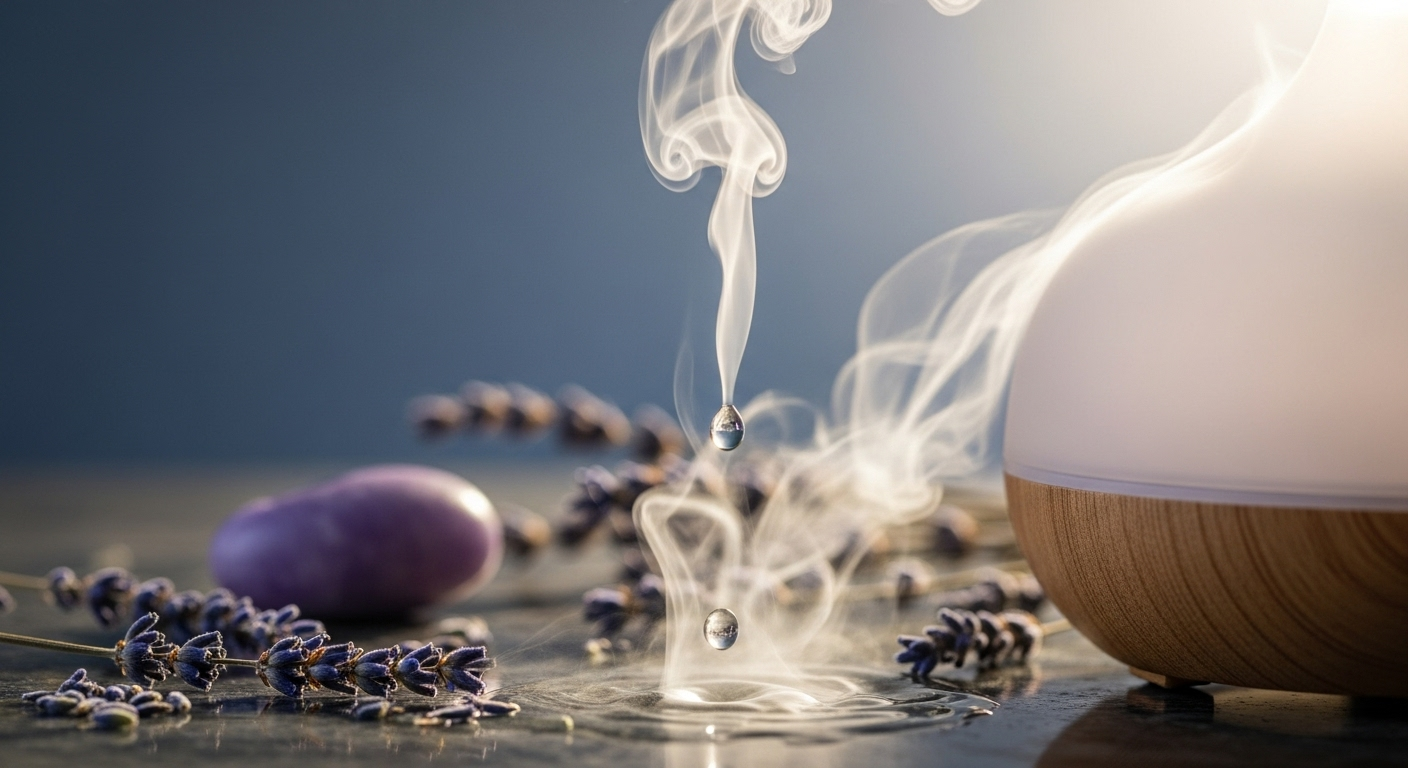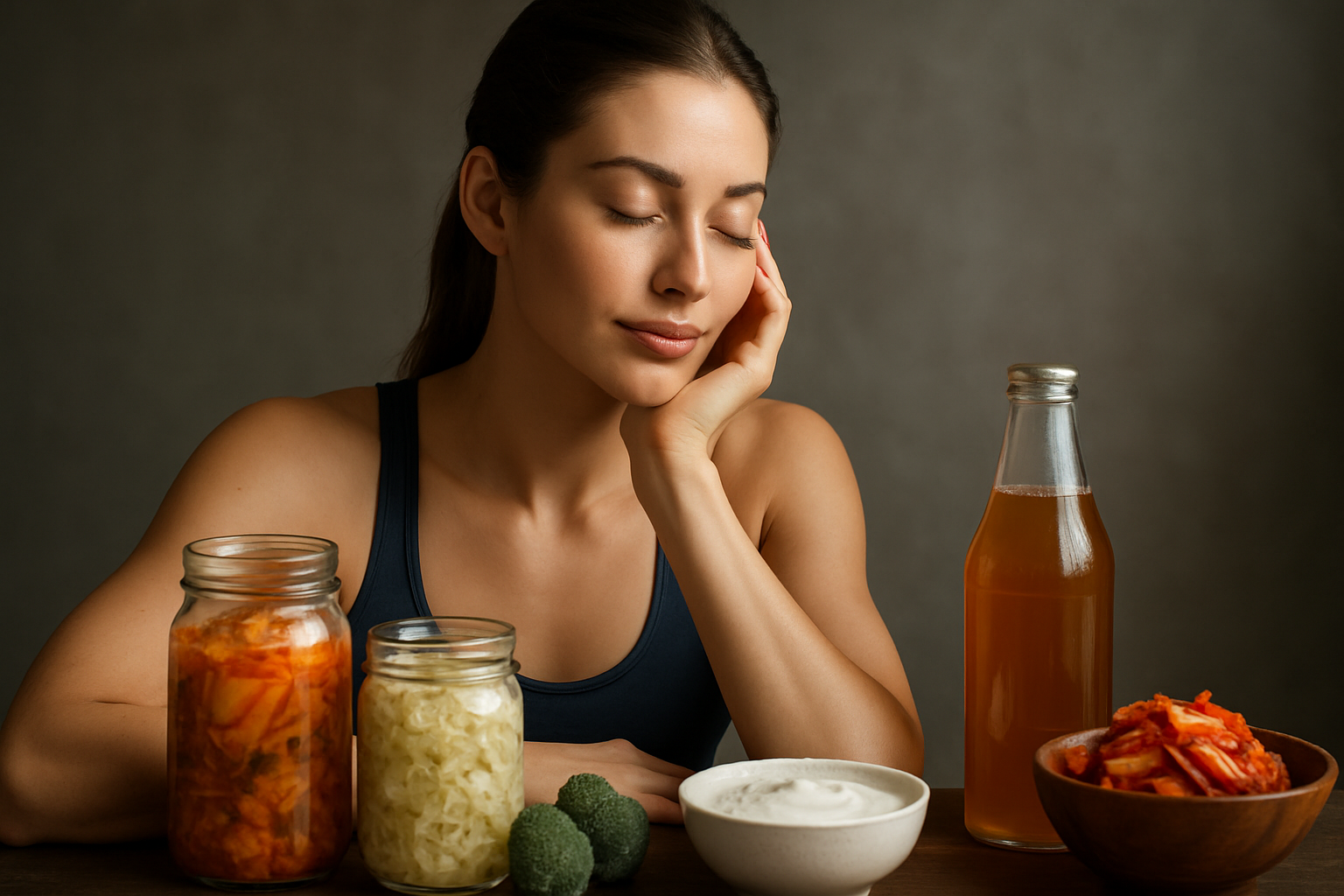Understanding the Healing Potential of Aromatherapy: A Journey Through the Science, Benefits, and Challenges
Aromatherapy might not be the first thing that springs to mind when you think about health and wellness. But, could the pleasant scents of essential oils hold the key to enhanced well-being? Let's explore the compelling world of aromatherapy – a practice steeped in history and backed by modern scientific research.

A Brief History and Key Developments of Aromatherapy
Aromatherapy, the therapeutic use of plant-derived, aromatic essential oils, dates back to ancient civilizations. Ancient Egyptians used aromatic plants for medicinal purposes, and in China, India, and the Middle East, aromatherapy has been incorporated into traditional healing systems for centuries. Fast forward to the 20th century, and the term ‘aromatherapy’ was coined by French chemist René-Maurice Gattefossé, who experienced the healing properties of lavender oil first hand when he used it to treat a burn.
Current Health Trends and Research-Driven Insights
In recent years, aromatherapy has experienced a resurgence in popularity, with research supporting its potential to alleviate various health concerns. Studies suggest that essential oils can help manage stress and anxiety, improve sleep quality, and even relieve certain types of pain. For instance, lavender oil is renowned for its calming properties, while peppermint oil may offer relief from headaches.
The Benefits, Challenges, and Scientific Credibility of Aromatherapy
Aromatherapy’s main draw is its potential to improve mental and emotional well-being. However, it’s not without challenges. The quality of essential oils can vary, and they can cause allergic reactions in some individuals. Furthermore, while research into aromatherapy is promising, it is still emerging, and more rigorous, large-scale studies are needed to fully establish its health benefits.
Practical Aromatherapy Tips for Health and Wellness
-
Start with high-quality essential oils: Look for pure, organic oils to ensure you’re reaping the maximum benefits.
-
Use a diffuser: This device disperses the essential oil into the air, allowing you to breathe in the therapeutic aroma.
-
Try a massage: Mix a few drops of essential oil with a carrier oil like almond or jojoba for a relaxing massage.
-
Always do a patch test: Apply a small amount of essential oil to your skin to test for any allergic reaction before full application.
Conclusion
Aromatherapy offers a unique approach to health and wellness, blending the soothing power of scent with the potential healing properties of plant compounds. While it’s not a cure-all, the practice holds promise as a complementary therapy for enhancing emotional well-being and promoting relaxation. As always, it’s important to use essential oils safely and consider them as one part of a comprehensive wellness strategy.





